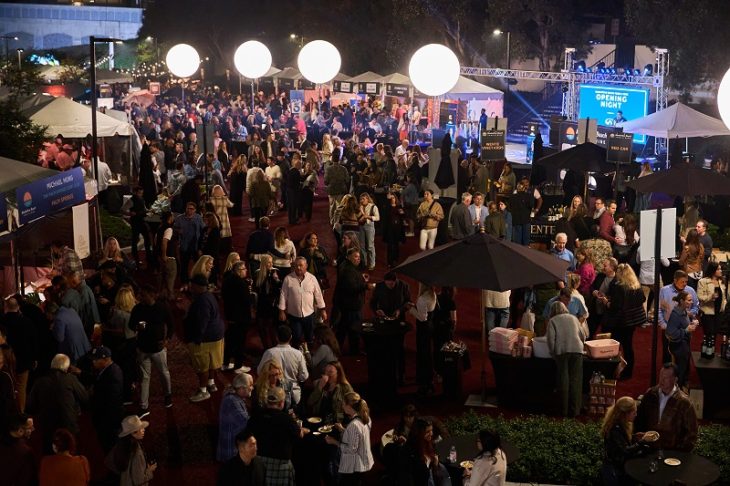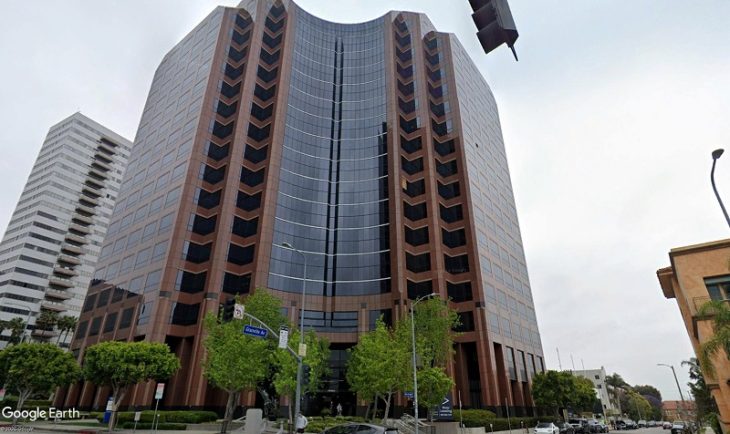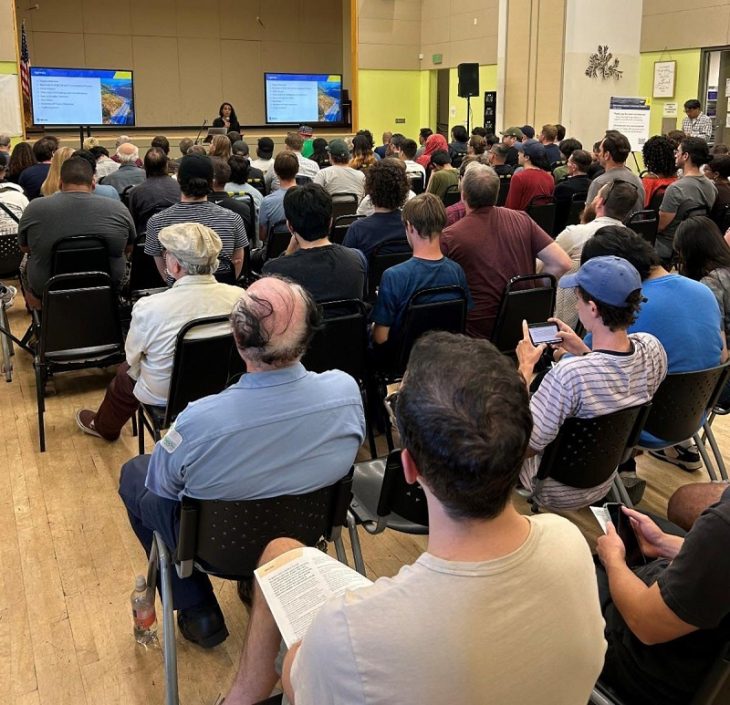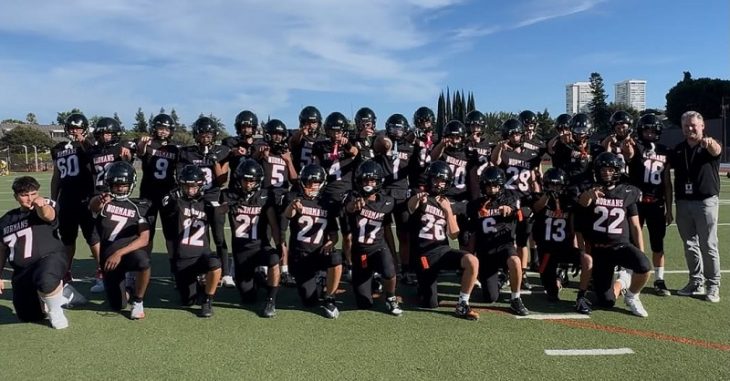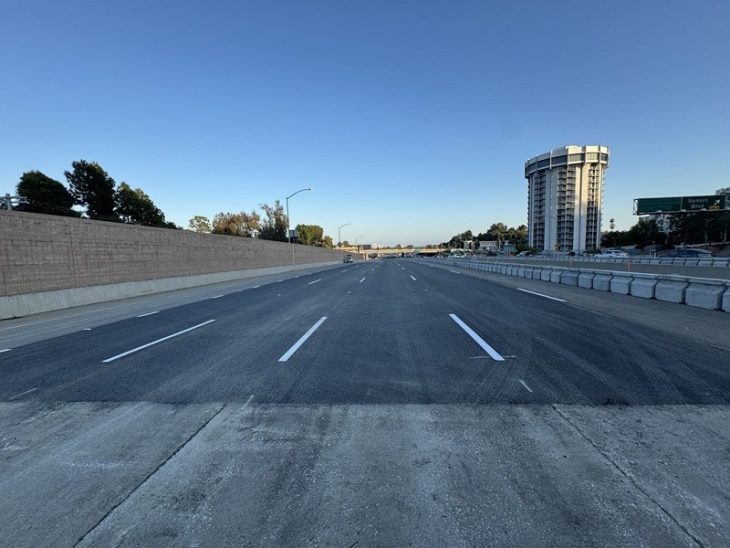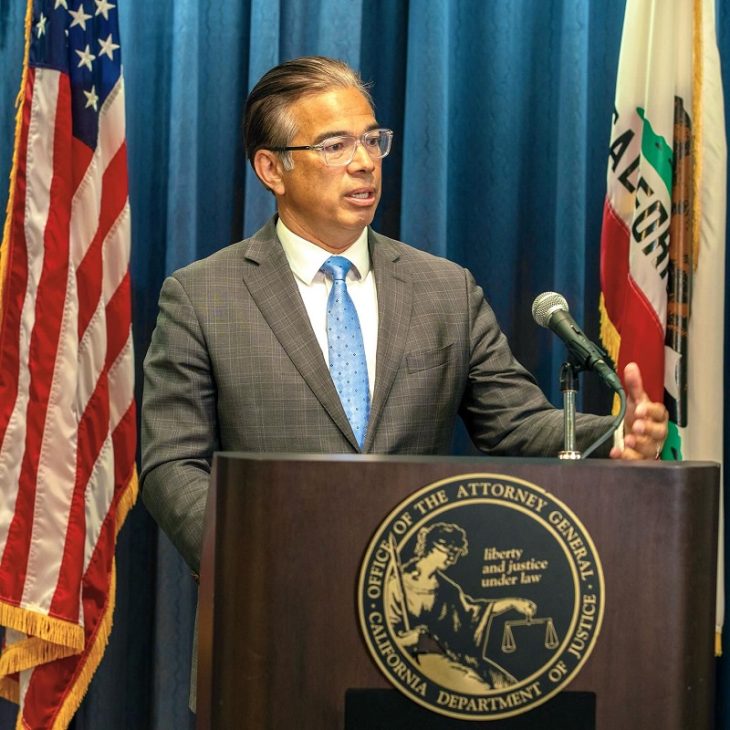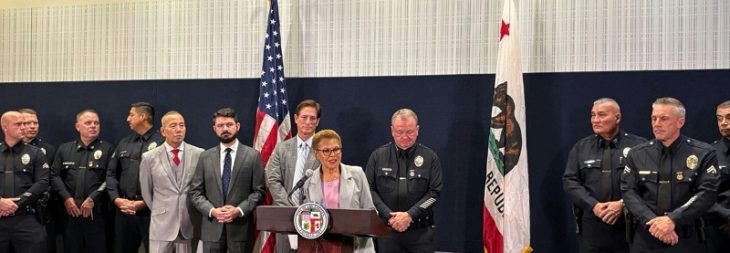
By Jennifer Eden & Brenton Garen
A meeting of the mayors saw issues of housing prices and cost of living on the Westside as hot topics at a Westside Mayor’s Panel earlier this month that attracted the region’s top community leaders and City officials.
Organized by Westside Urban Forum, the event took place Jan. 16 at the Olympic Collection Conference Center in West Los Angeles.
Beverly Hills Mayor Lili Bosse, Culver City Mayor Meghan Sahli-Wells, Santa Monica Mayor Kevin McKeown, and West Hollywood Mayor John D’Amico took to the stage for an in-depth look at issues facing their respective cities and the region collectively.
Attended by Congressman Ted Lieu and a representative of Congresswoman Karen Bass, a host of Westside business people, City staff, and interested community members, Westside Urban Forum Board of Directors member Josh Stephens said that the breakfast event was a lively, insightful discussion that demonstrated how fascinating the Westside is.
“I think the event did a nice job of balancing the unique facets and different priorities of each city with their common challenges,” Stephens said. “Traffic is of course a major issue, though it didn’t receive too much discussion…Expo Line came up quite a bit. Interestingly, all of the cities seem concerned about housing and rental affordability.”
The mayors referenced a recent UCLA study contending that the Los Angeles area is the most unaffordable rental market in the country, and they all seemed eager to serve renters, who form the backbones of their communities, according to Stephens.
In Beverly Hills, Bosse said development is a major issue.
“Development can be an extremely positive force in any City,” she explained. “We are very fortunate that so many businesses want to locate and grow here in Beverly Hills and so many people want to live here. However that creates a lot of pressure on our community.”
The City has to make sure it brought in development projects that protect the character, the historic beauty and quality of life, Bosse added.
“Every project has to be carefully evaluated for its impact – not just the possible negative impacts, but how it can positively impact our community in the long and the short term,” she said.
Bosse said it is extremely important to collaborate with other cities.
“The biggest issues we all face: development, traffic, air quality, water scarcity, are too big for one community to solve alone,” she explained. “We are too close together, too interconnected and the population density is such that what happens in every other city affects Beverly Hills.”
As for major issues facing the collaboration of cities, Bosse said development, traffic, air quality and water scarcity were the most important issues facing the LA-regional cities.
“Each of these issues is extremely complex and very expensive to address,” Bosse said. “Therefore, a regional approach that takes into account the concerns of each community is essential.”
Sahli-Wells sited affordability as the major issue facing the Culver City community in 2015.
“Culver City has seen successful redevelopment, a healthy business community, and has continued to thrive as a full-service, well-run city,” Sahli-Wells said. “Families move to Culver City for its excellent school district, safe neighborhoods, and beautiful tree-lined streets. This is great news for our city, but at the same time, there’s a cost: high housing prices. In a sense, we’ve become the victim of our own success.”
Sahli-Wells said her city is seeing renters, from elderly and disabled to young families, being forced out of the community due to rising rents, and no protections in place to help them.
“On top of that, we have a severe lack of affordable housing,” Sahli-Wells said. “I’m afraid that this situation is changing the character of our community, leaving it less diverse, and more prone to traffic as those who work here have no way of affording to live here.”
Sahli-Wells said collaboration with neighboring cities is essential.
“Most of the challenges cities face are regional rather than unique to them, so it makes sense to tackle issues like transportation and climate change from a bigger perspective,” Sahli-Wells said. “That’s where groups like the Southern California Association of Governments come into play, creating a Regional Transportation Plan/Sustainable Communities Strategy, and helping cities to achieve climate goals, reduce greenhouse gasses, and build a more healthy and sustainable transportation system.”
From a safety perspective, Sahli-Wells added that Culver City’s Police and Fire Departments have done an exemplary job of working together regionally.
“Mutual aid, seamless communication, and overall cooperation between agencies has meant that all of our cities are safer,” she said. “I’m glad this has been such a focus for our respective departments.”
As for Westside collaboration, Sahli-Wells said she had a really simple request: that Google Maps and/or an app developer create a jurisdictional map of Westside cities.
“When something serious like a crime happens, or even if you’re not sure what to which school district your new apartment or home belongs, it would be helpful to have easy access to this information,” Sahli-Wells said. “With Culver City’s bizarre borders, it would make life easier for a lot of people.
For McKeown, he said it was hard to boil down Santa Monica’s wonderfully complex issues to one, but added 2015 is an opportunity to reconsider and reformulate community identity.
“We’ll be doing this in hiring a new City Manager, codifying our zoning for the next 20 years, determining the future of our airport land, recommitting ourselves to truly affordable housing, and doing all this by identifying our shared values and agreeing on how best to implement them,” McKeown explained.
On the topic of the dense and interlocking Westside, McKeown said city boundaries are lines on maps, but not sharp distinctions where issues start and end.
“That’s why I helped found, and continue to represent Santa Monica on, the Westside Cities Council of Governments,” McKeown said. “Our independent governments provide local control and accountability, but when it comes to traffic and sustainability our cities must work together.”
In West Hollywood, D’Amico said his city’s issues are ongoing meta-issues based in the development, traffic, and circulation arenas.
“We are a small city surrounded by Beverly Hills and Los Angeles and we’ve had many developments in the city and so have our neighboring cities,” D’Amico said. “Now we really have to think wisely about traffic and circulation and about development in the future.”
He added that it’s vital for Westside cities to collaborate on a macro scale.
“It’s important that we work together in the north half of the Westside cities,” D’Amico said. “As West Hollywood we connect to light rail and subway through Beverly Hills and out to the sea. Somehow we did not get fixed rail when the rest of the country did and we need to fix that together. On the micro level there are small things about what happens at our boarders; how we manage traffic light on streets that we both share and also what roles we have – West Hollywood has the role of a nightlife place where people come, enjoy themselves and where content is created for entertainment.”
D’Amico said another over-arching issue on the macro level is how cities deal with the drought.
“We have a lot of wealthy people in our cities who use a lot of water to water their lawns etc.” D’Amico said. “We need to do out part and even more than our part given what we are using our water for. I think that those issues may have fallen away given the improvements of the economy.”
D’Amico agreed that all Westside cities were facing development issues.
“There’s lots of interest and money pouring into our cities,” D’Amico said. “All of the mayors present on the panel agreed that fixing the income gap is a major issue, fixing the affordable housing gap and fixing the drought. We’re all fairly comfortable in our own skins and we’re all fairly comfortable about how we work together and how we can grow together.”
Westside Urban Forum holds a breakfast event focused broadly on land use and the built environment, usually panel discussions, the third Friday of every month. Focusing on issues related to the Westside, sometimes national or regional issues will also be on the table. Board members organize all of the events as volunteers and are supported by members, guests, and sponsors.
For more information, visit westsideurbanforum.com.




